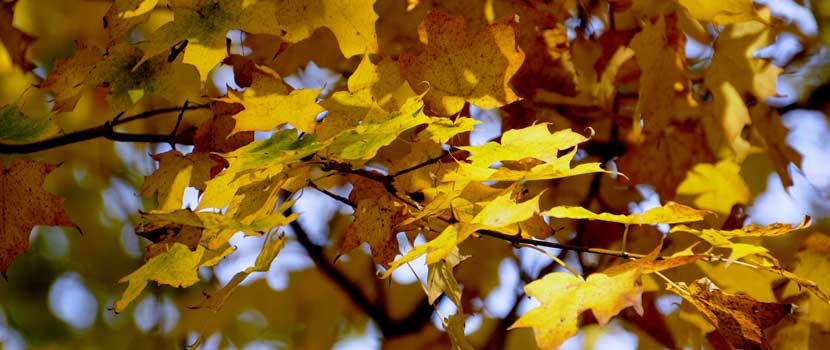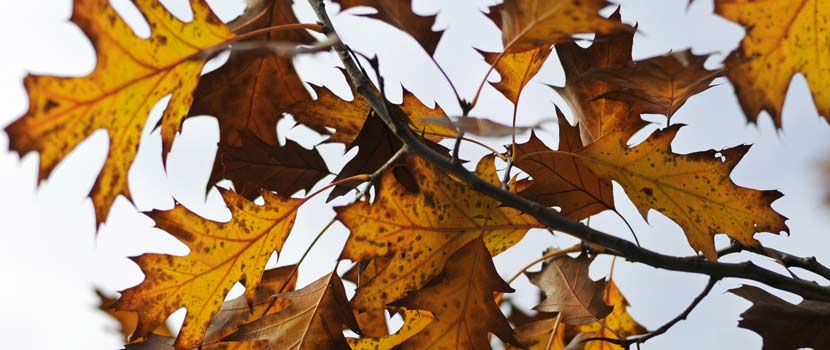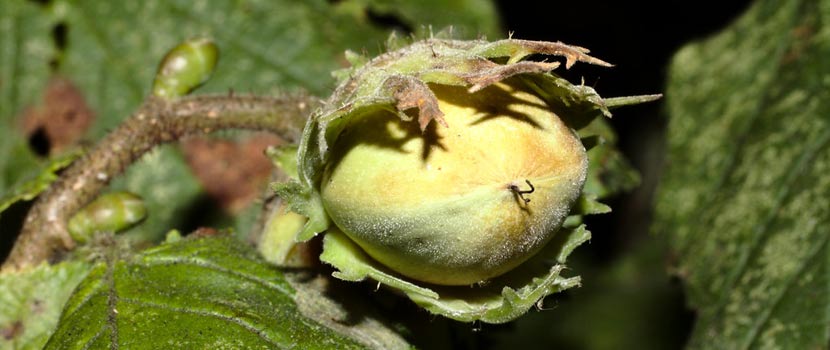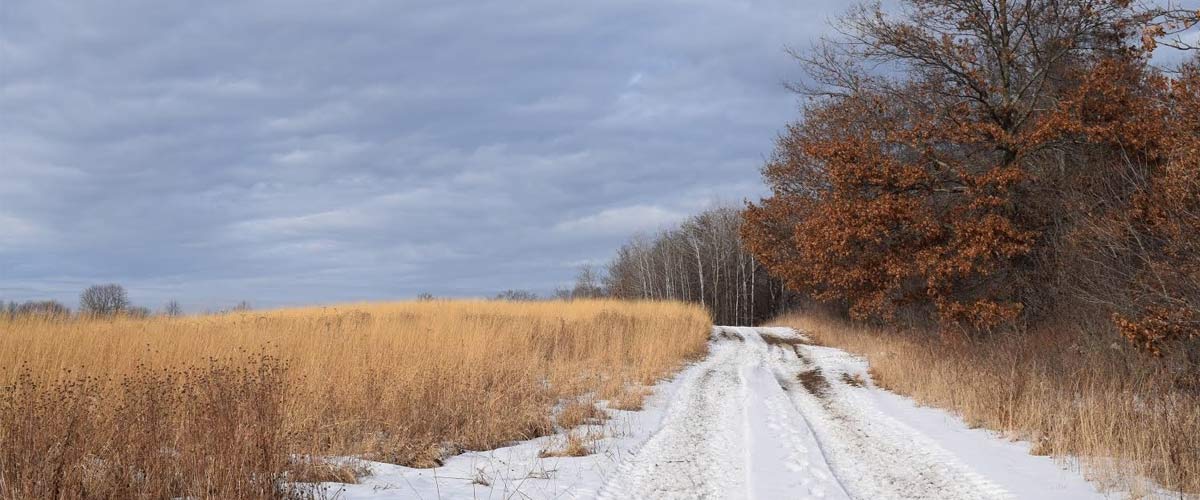
Why Do Some Trees Keep Their Leaves Through Winter?
By: Paul Kortebein
December 24, 2018
Category: Nature Notes
Above: Oak trees at Murphy-Hanrehan Park Reserve hold onto their leaves through winter. Photo by Erin Korsmo.
At the end of fall, most deciduous trees lose their leaves for the winter season. In fact, the word deciduous comes from the Latin word decidere, which means to fall down or off. There are, however, a handful of deciduous trees around these parts that have a tendency to keep their leaves past fall. It is an interesting phenomenon that is not fully understood. But before we get to that, let’s go through a few of the basics.
Why Do Trees Lose Their Leaves at All?
As with most everything else in the natural world, tree behavior revolves around the sun. Once trees detect a reduction in the amount of daylight, they start to reduce the amount of chlorophyll they produce.
Chlorophyll, of course, is the pigment that makes leaves green and is the primary producer of energy for almost all plants. Once chlorophyll production stops, it gets broken down and taken back into the tree. This reduction in chlorophyll allows other pigments that have always been present in leaves, but not visible due to the overwhelming amount of chlorophyll, to be seen (like yellows, oranges and reds).
Read more about why leaves change color in a previous blog post.
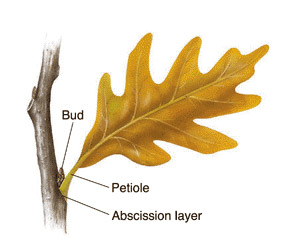
To go along with this change in color, trees prepare to shed leaves by growing a layer of cells between the leaf stem and the tree branch known as an abscission layer. This layer stops the transport of nutrients and water to the leaf and becomes the main physical reason trees lose their leaves. The abscission layer also helps protect this sensitive area of the plant from winter cold and dryness.
The main reason for leaf drop on most trees is that, come winter, it gets pretty cold and dry in our part of the world. Rather than expend energy to protect these fragile organs, trees shed leaves to conserve resources.
The main problem is that water is essentially unavailable to most plants in the winter (because it’s ice), so there is no way for them to replenish what they lose. And, as far as I know, there is no revitalize and replenish lotion available for trees.
But What About Trees That Don’t Lose Their Leaves in Winter?
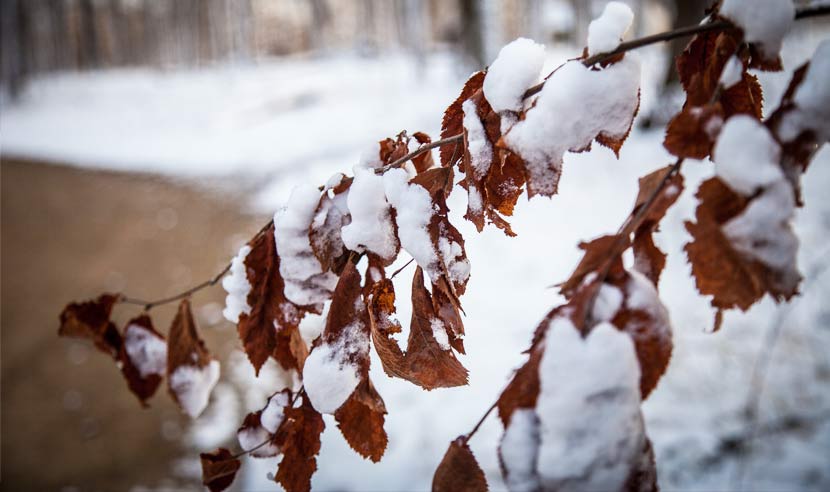
There are a handful of trees in our region that do hold onto their dry, brown leaves throughout winter. The term for this is “marcescence.” The abscission layer on these trees does not completely form until spring, which allows them to hold on to their leaves much longer.
Marcescence almost always occurs on sexually immature parts of the tree (parts that have not yet formed flowers). Commonly, trees will exhibit marcescence when young, but lose this characteristic when they get older. Most of our oaks are finicky this way.
It is also common for only a portion of a tree to retain leaves; usually leaves will remain on the branches closest to the ground.
Here are some trees you may see exhibiting this behavior and where you can find them in the Park District:
- White oak: White oak is the dominant tree in Silverwood Park and can be seen sporadically throughout the forest in the northeast part of Murphy-Hanrehan Park Reserve.
- Swamp white oak: These trees are planted in picnic areas and parking lots throughout the Park District.
- Blue beech/Hornbeam (Carpinus caroliniana): This is an understory tree found most commonly in maple-basswood forests like Baker Park Reserve and Lake Rebecca Park Reserve.
- Hop-hornbeam/Ironwood (Ostrya virginiana): These trees are similar to Carpinus, but more common. They can be found in the understory of most forests within the Park District.
Is There Any Benefit to Keeping Leaves?
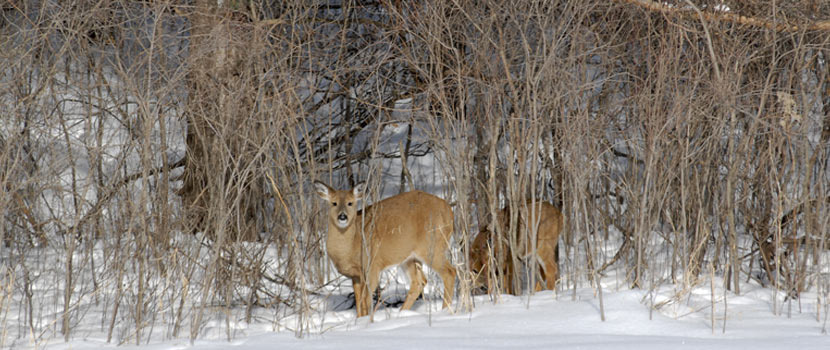
There is no real consensus in the tree research community as to why some tree species keep their leaves, but there are a number of theories. The main one is that keeping leaves protects next year’s buds from browsing deer or the drying winds of winter.
Ultimately, marcescent trees lose their leaves come springtime as new plant parts push the old leaves off the branches. So, either way you will have to rake leaves – just not until the spring.
About the Author

Paul is the Manager of Forestry and Horticulture at Three Rivers Park District – a position he has held for the past 10 years. Prior to that he was stomping around the wilds of Milwaukee County as the natural areas manager, and before that he was stomping around the wilds of New York City (yes, there are some) as an environmental restoration project manager for the New York City Department of Parks and Recreation. In his spare time he enjoys installing flashing on old windows.
Related Blog Posts
Why Do Leaves Change Color in the Fall?
By: Laurel Sundberg
The greens of spring and summer have faded and fall's color show is taking their place. Why and how does this rainbow of color appear each year?
Species Spotlight: Northern Red Oak Trees
By: Paul Kortebein
Northern red oak trees are one of the most common trees in our area. Learn more than you ever knew you wanted to know about northern red oaks in this not-quite-comprehensive-but-pretty-close post.
Species Spotlight: American Hazelnut
By: Paul Kortebein
American hazelnuts are easy to grow, cold-hardy, and offer many benefits to both humans and wildlife. Read on to learn all about this plant that grows throughout Minnesota.
